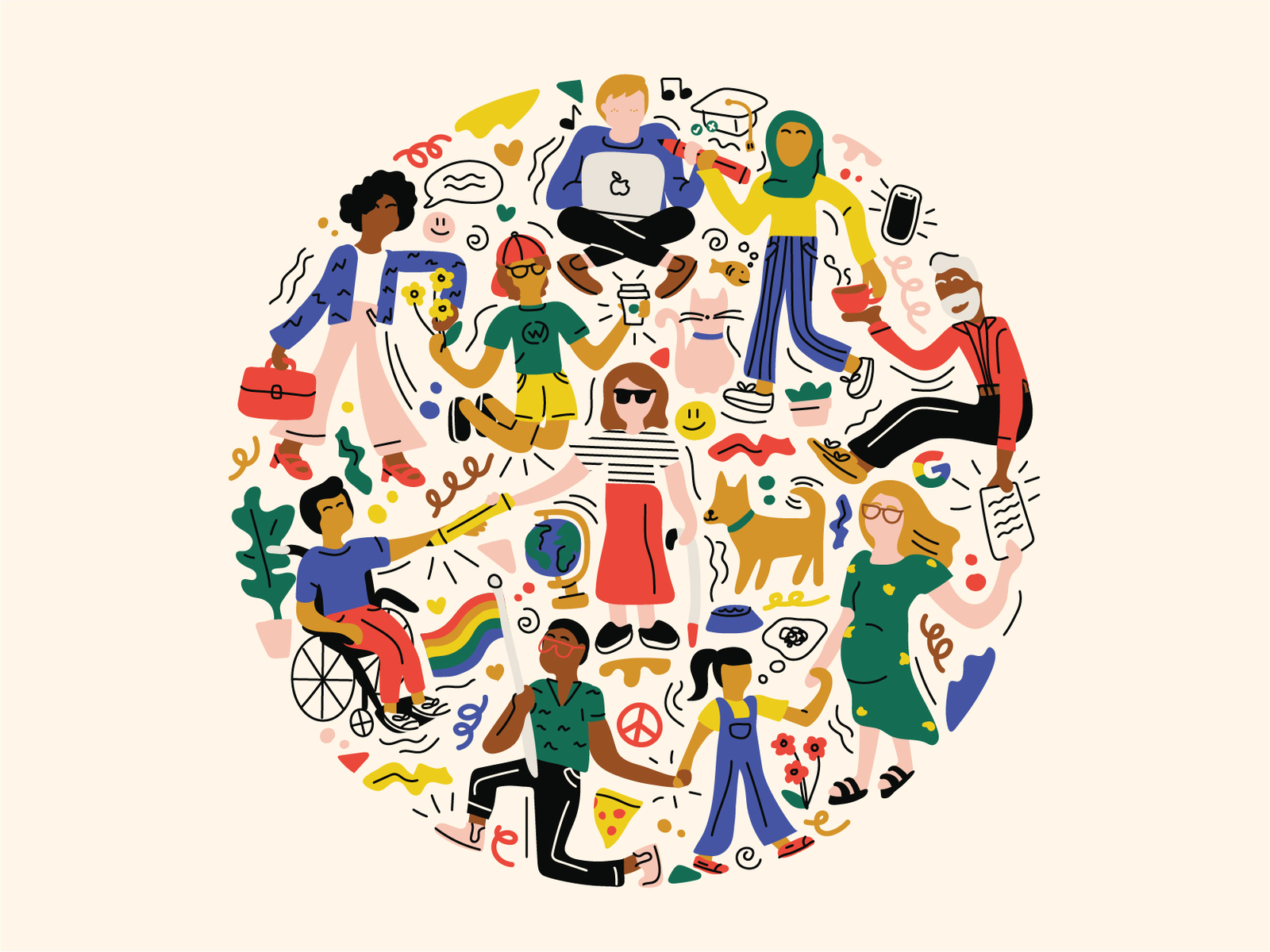Inclusive Design of Study

We define inclusive design as one that considers human diversity in terms of ability, language, culture, gender, age, and other forms of human difference.
We emphasize three dimensions of inclusive design: 1. Recognition of diversity and uniqueness. Inclusive design keeps in mind the diversity and uniqueness of each individual. As individuals spread out from the assumed average, the needs of outliers or marginal individuals become increasingly diverse. 2. Inclusive processes and tools. To support diverse participation and tie design to the application as closely as possible, design and development tools should be as accessible and usable as possible. And a broader beneficial impact. Inclusive designers have a responsibility to understand the context and wider impacts of any design and to strive to have beneficial impacts beyond the intended beneficiaries of the design. Inclusive design should trigger a virtuous cycle of inclusion.
I will adjust my planned learning activities in several ways to meet the needs of the learners if an unexpected event occurs. We can provide choice to maintain students’ engagement: Allow students to choose an activity. For guided exercises, they could decide whether to answer questions independently and receive feedback, play a game, role-play, or practice in a group. To demonstrate their understanding of the concept, they can decide whether to make a poster or build a model, write a paper, produce a video or podcast, or give a presentation. Making choices allows them to relate to the content in ways that stimulate their interest.
Universal learning design makes instruction student-centered by creating more welcoming, flexible classroom environments and curricula that are more accessible to all students. Flexible teaching should make students more personally responsible for their learning: teachers do not expect all students to learn in one way, but students set their own goals for how they will learn the required material.
Lever handles for opening doors rather than twisting knobs is an example of universal design. A newer technology in the realm of doorknobs (though it has been around for hundreds of years in its own right), leverage has been increasingly integrated into modern interior design in recent years. They have also become commonplace on exterior doors such as terraces and front doors. Door handles are available in a variety of designs and finishes. Lever handles can overcome the shortcomings of doorknobs when it comes to user strength and dexterity. You probably remember at least one instance where you managed to open one with your elbow (most likely for holding shopping), but that in itself is a good testament to their convenience.
It is a great idea to give students options in terms of how they want to engage with materials, e.g., “play a game, role-play, or practice in a group” or demonstrate their learning, e.g., “to make a poster or build a model, write a paper, produce a video or podcast, or give a presentation.” A good example with the door handle; I wonder, however, what would be the best representation of Universal design in a technology-mediated (online) classroom?
Please do not forget to give appropriate credit for the images both in-text and reference list. Otherwise, it violates academic integrity. Please check this blog to learn more about APA – https://apastyle.apa.org/blog.